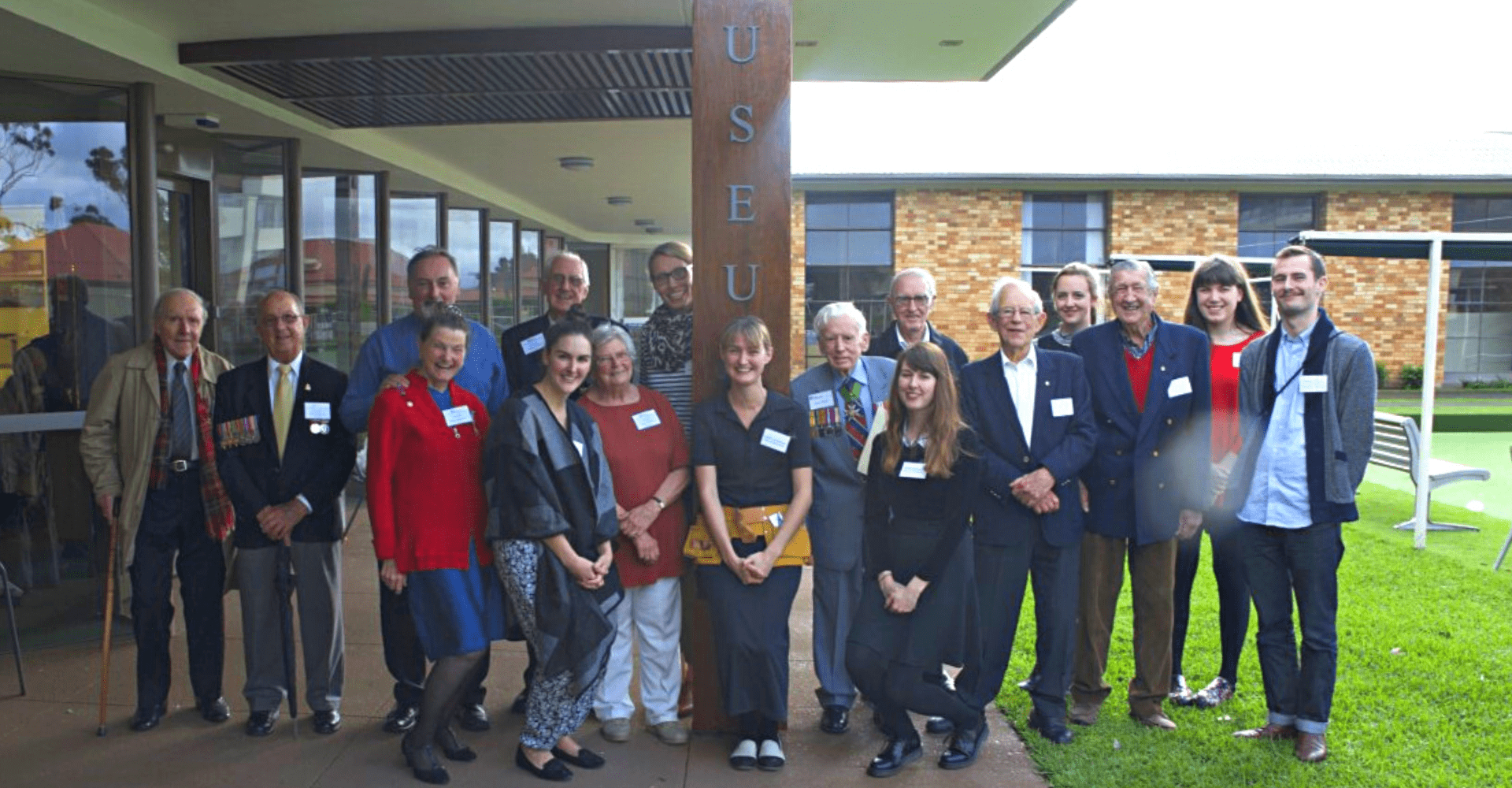
Sophie Lewincamp
Sophie Lewincamp (PhD in Cultural Materials Conservation, 2022) ‘Tiered Contact Zones: A New Engagement Model for Cultural Materials Conservation’
Over recent decades, there has been increasing recognition of the need for conservators to engage and collaborate with the communities associated with the origin, ownership, and use of cultural objects. Such collaboration has developed more detailed knowledge and understanding than is possible through object investigation, research, and examination of constituent materials and manufacturing techniques. Two challenges arise, however: ensuring the engagement with community stakeholders is respectful and ethical, and planning and conducting stakeholder engagement in a way that is sensitive to issues of inclusion, authority, and power. Therefore, a key question in cultural material conservation is how those participating in conservation programs who have a common interest in conservation outcomes but come from vastly different backgrounds can best collaborate, share, and construct knowledge.
This thesis explores the application of contact zone theory and, addressing the identified shortcomings of that theory, proposes a tiered contact zone model as a more practical means to engage with communities. The model is based on principles of respect, ethical behaviour, and collaborative decision-making and the practices of object-based investigations, object biographies, and actor network and communicative action theories. The thesis investigates how shared spaces for dialogue and exchange are created and analyses the opportunities and challenges that arise from structured contact.
The proposed tiered contact zone model, developed from practice-led research, involves four stages of collaboration; firstly, an initial landing zone in which relationships are initiated and common goals identified; secondly, an early exploration zone that consists of the planning and articulation of roles and responsibilities, activities, and intended outcomes; thirdly, a collaboration zone in which confidence, trust, and partnerships are built; and, finally, a knowledge transfer zone in which mature collaboration and enhancement of knowledge are achieved.
The tiered contact zone model is applied to two case study collections: the Middle Eastern Manuscript (MEM) Collection at the University of Melbourne, and the Returned & Services League (RSL) LifeCare War Museum in Narrabeen, New South Wales. This thesis identifies the similarities and differences between the application of the model utilising a multiple method qualitative approach of questionnaires, interviews, and focus groups. Feedback recorded participants’ sense of belonging and achievement when their knowledge contributed to the shared goals. When concerns of unequal collaboration or lack of engagement were identified, participants drew upon the tiered structure with its development of shared roles and goals to instigate conversations to address their issues.
The case studies demonstrate that the tiered contact zone model is a powerful tool that can deliver significant mutual benefits to the conservator and cultural communities, enhance collection knowledge, and inform collaboration processes. The model is flexible and adaptable, allowing for progression and regression through the zones, changing participants, various levels of participation, and ongoing review of objectives and desired outcomes and processes, methodologies, and activities. The model has the potential to be applied to a wide variety of circumstances beyond the conservation of cultural material collections.
Supervisors: Professor Robyn Sloggett, Dr Nicole Tse
Read more about Sophie’s work in this 2020 post from Forum.